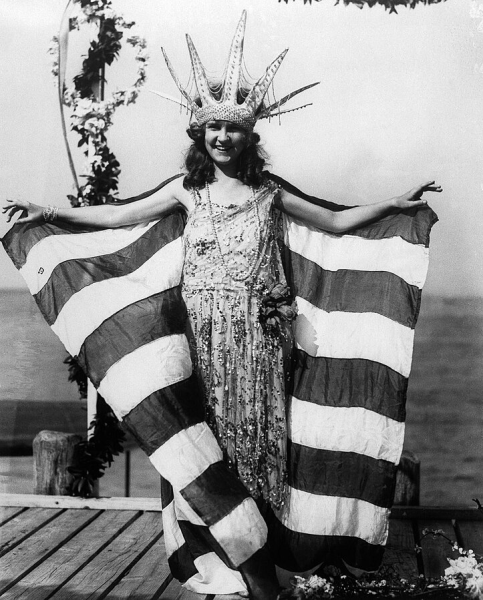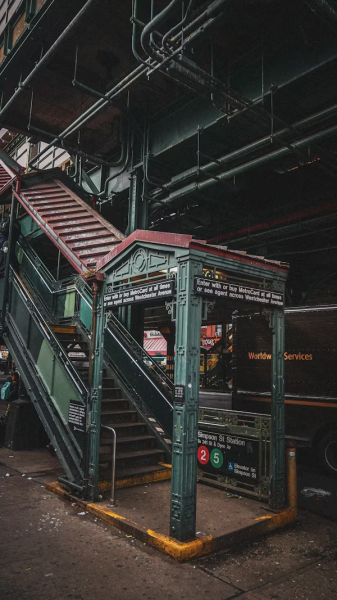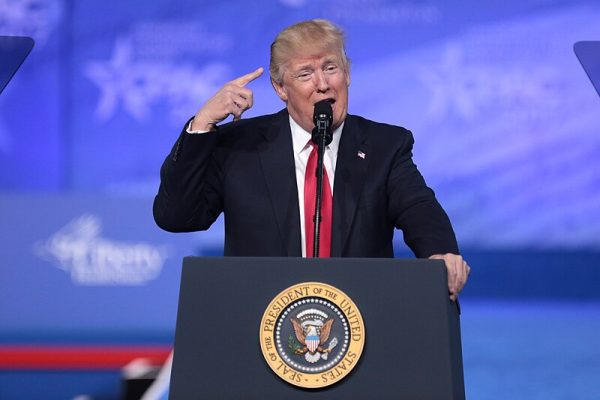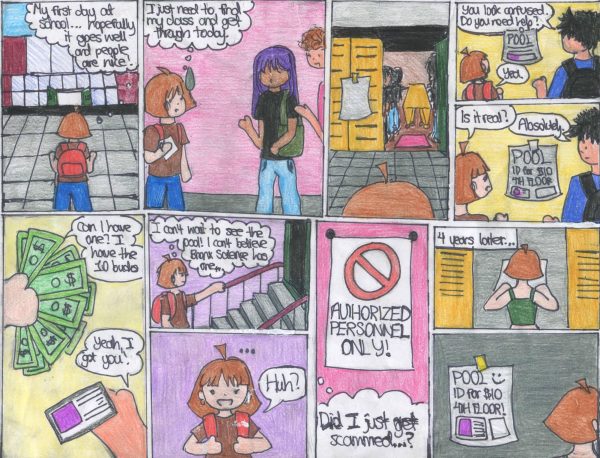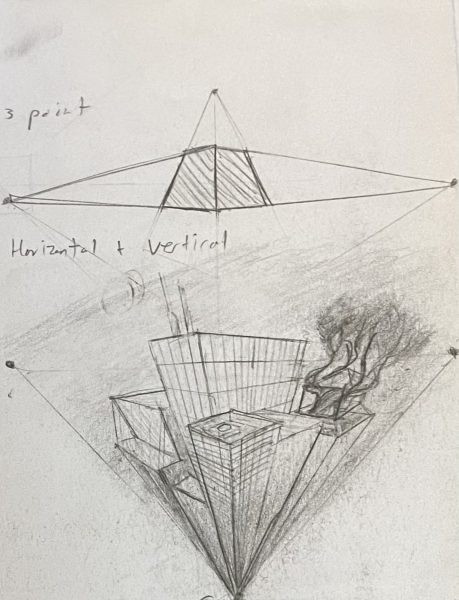The City’s Forgotten History
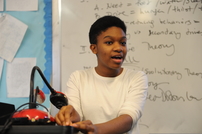
Melody Moulton ’20 learned about the 1964 boycott as a leader at the student led organization, Teens Take Charge.
On the day that 464,000 black and brown students boycotted school to fight against de facto school segregation, half of NYC’s entire school system was absent. It was February 3, 1964–that day, New York City bore witness to the largest civil rights action in our nation’s history.
Knowing the boycotts’ sheer size, one might expect that the event would be taught and remembered for years to come. The reality, however, is far less generous.
The 1964 boycott has almost been erased from history. It is absent from our textbooks and our conversations about civil rights history, leading to students becoming ignorant of the historical event.
There are multiple reasons for that. Firstly, the boycott was unsuccessful in implementing desegregation plans due to a group of 10,000 white parents who protested shortly after. Their protest exemplified the strength of white resistance to integration, combined with the loophole in the civil rights act that allowed Northern cities to desegregate school at their own pace, allowed NYC to develop into the most segregated school system today. The boycott also received very little coverage at the time, due to the fact that the news was largely run by white people who saw the desegregation efforts as too radical. The New York Times, widely acknowledged as liberal, went as far as claiming that no segregation in the city existed, so there was no need for direct action. The counter-protest by white parents was, on the other hand, was given wide and positive coverage by the Times.
Impact and coverage of the boycott aside, the complete absence of this event from our curriculum—especially from NYC public schools—tells a deeper tale of how American history is taught, or, more specifically, which events are chosen to be taught.
The Civil Rights movement is taught in schools, but it is largely oversimplified. America’s racial problems are made to seem like they were not only solved, but that were also not too difficult to overcome. A linear narrative is created, that erases the constant uphill battle that truly occurred and overshadows the fact that we still have a ways to go in our fight for equality.
Of course, it is impossible to learn about every single aspect of American history if only because of time constraints; choices have to be made concerning what students are learning about. Still, just glancing at history curriculums today, it is clear that people of color are not given the power to make those choices.
Melody Moulton ’20 credits this exact problem to why she had to learn about the 1964 boycott outside of school. “If there was a greater effort to diversify the curriculum in American schools so that every student could experience seeing themselves reflected in their lessons, events such as the 1964 boycott would have to be taught,” said Moulton.
There has been a recent initiative called Culturally Responsive Education, which would tackle the Eurocentric education made vividly apparent by the absence of the 1964 boycott from our curriculum.
A culturally responsive education, or C.R.E., aims to create equity, by teaching a multicultural education, incorporating social justice into the classroom, and maintaining a culturally responsive pedagogy.
Incorporating this program in history classes could look like teaching texts from authors of various cultural backgrounds and identities, which would provide more perspectives on historical events and a clearer picture of what actually occurred.
Emma Tierstan Nyman ’20 believes teaching history in this manner could also correct some myths perpetuated by a Eurocentric curriculum. “When we do not have narratives from marginalized communities in our lessons, we completely disregard those portions of history. We need them to see America and the world for what it truly is–messy and unjust. Having a well rounded education allows us to see the world from multiple perspectives and hopefully causes us to live consciously with those other perspectives in mind,” said Tierstan Nyman.
Achieving a culturally responsive education is difficult, but very much needed. Without it, we not only allow for social injustices to be perpetuated, but we also allow for histories to be forgotten. Real actions with real impacts, such as what transpired on February 3rd, 1964, are edged out when they should be remembered and celebrated. If we want to do better in the future, we need to actually look at our past, understand it, and acknowledge it with all its faults.
“We need them to see America and the world for what it truly is–messy and unjust,” said Emma Tierstan Nyman ’20.
Ula Pranevicius is an Editor-in-Chief for ‘The Observatory’ as well as a Senior Staff Reporter for ‘The Science Survey.’ Ula enjoys interviewing...
Pamela Li is a Copy Editor for ‘The Science Survey’ and a Senior Staff Reporter for ‘The Observatory.’ She finds journalistic writing appealing...


